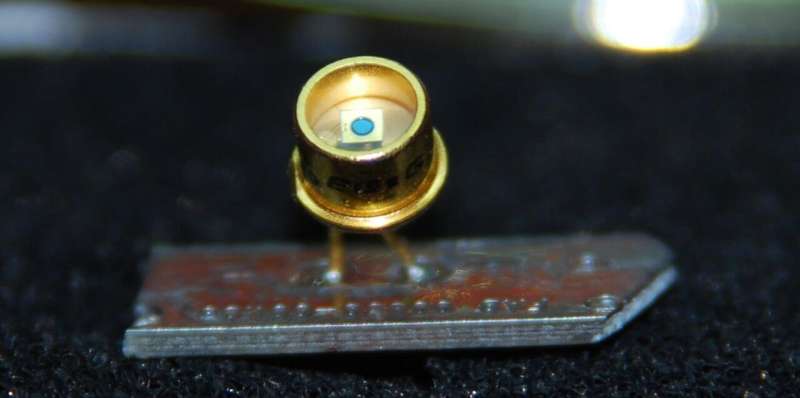Renowned astrophysicist Avi Loeb from Harvard University has made a striking claim regarding the interstellar comet 3I/ATLAS. In a recent blog post, he argues that its extraordinary size and unique features suggest it could be an alien spacecraft rather than a natural celestial object. Loeb’s assertion comes as scientists continue to study the comet’s unusual characteristics, which challenge existing theories about interstellar bodies.
According to Loeb, the inferred mass of 3I/ATLAS exceeds 50 billion tonnes, making it at least a million times heavier than 1I/Oumuamua, the first known interstellar object to pass through our solar system. He questions the odds of encountering such a massive object, stating, “Why were we so fortunate to receive such a giant object as the third in the list of interstellar objects before witnessing a million objects of the size of 1I/Oumuamua?” This perspective raises fundamental questions about the formation and delivery of large bodies in interstellar space.
Loeb explores the possibility that the jets observed emanating from 3I/ATLAS may not be typical cometary activity. He suggests they could represent technological thrusters, indicating an artificial origin. “If, however, we consider the possibility that the jets emanating from 3I/ATLAS are associated with technological thrusters, then the required mass loss can be 1–2 orders of magnitude smaller with human-made technologies,” he elaborates. He points out that while chemical rockets typically have an exhaust speed of 3–5 kilometers per second, ion thrusters achieve speeds of 10–50 kilometers per second. This line of reasoning indicates that advanced technologies could make the mass loss associated with propulsion significantly less demanding.
In his blog, Loeb warns that if 3I/ATLAS were to be confirmed as an artificial construct, it could represent a globally significant “black swan event.” This term refers to an unpredictable occurrence with potentially massive implications. “We’re screwed if this object comes from a more technologically advanced civilization,” he cautions. The implications of such a discovery would necessitate a reevaluation of our understanding of extraterrestrial life and the potential for contact with advanced civilizations.
Adding to the intrigue surrounding 3I/ATLAS, recent footage from Japan allegedly shows a “large vessel” in proximity to the comet, escalating speculation and conspiracy theories. Furthermore, reports that NASA has increased its planetary defense initiatives have fueled discussions about the potential risks associated with this interstellar visitor. Loeb has identified at least ten peculiar features of 3I/ATLAS that suggest it may not be a natural formation, prompting calls for global agencies to remain vigilant.
As the scientific community continues to investigate the origins and nature of 3I/ATLAS, the possibility of an artificial origin raises profound questions about humanity’s place in the universe. Loeb’s insights encourage a proactive approach to understanding and responding to potential extraterrestrial phenomena. The developments surrounding 3I/ATLAS underscore the need for ongoing research and international collaboration to address the implications of such extraordinary discoveries.







